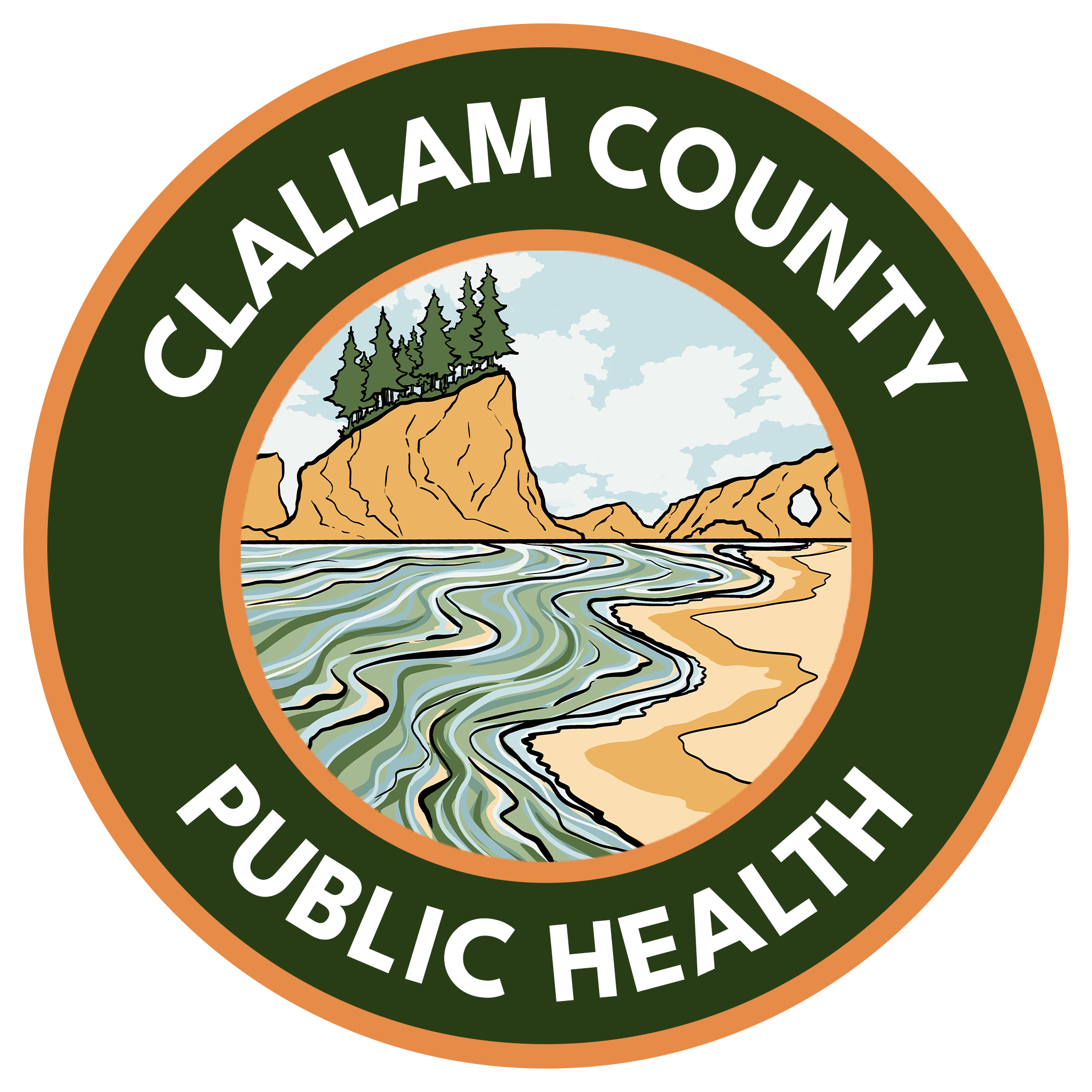Reporting
Seasonal influenza surveillance begins in October. Influenza surveillance relies on high-quality data received from healthcare providers, hospitals, clinics, long-term care facilities, laboratories and other partners in the community.
It is early in the season, but laboratory-confirmed influenza and influenza-associated hospitalizations have already occurred in Washington.
Washington law requires healthcare providers to report the following to the Health Department in the county where the patient resides:
- Influenza-associated deaths in people of all ages (report within 3 days).
- Suspected infections with a novel or unsubtypable influenza virus (report immediately).
Data is also collected on:
- Influenza-associated hospitalizations.
- Influenza diagnostic test results.
- Outbreaks of influenza-like illness in long-term care and other residential facilities.
Testing
Rapid influenza diagnostic tests can be useful in clinical decision-making; however, rapid test sensitivity is low (50-70%). Rapid tests may not detect novel or variant influenza viruses; therefore, negative rapid tests do not rule out influenza.
Positive and negative predictive values vary depending on the amount of influenza activity in the community.
- False-positive influenza test results are more likely to occur when influenza activity is low, typically at the beginning and end of the influenza season.
- False-negative influenza test results are more likely to occur when influenza activity is high, typically at the height of the influenza season.
When influenza is actively circulating, a person with influenza symptoms who is at high risk for complications should be treated with a neuraminidase inhibitor regardless of rapid test results. People at high risk for complications include children younger than 5 years (especially those younger than 2 years), people 65 years and older, pregnant women and people with diabetes, asthma, heart disease, morbid obesity or other chronic health conditions.
Treatment
Early treatment with a neuraminidase inhibitor can shorten the duration of fever and illness symptoms and may reduce the risk of complications (e.g., otitis media in young children, pneumonia and respiratory failure).
Early treatment of hospitalized patients can reduce the risk of death. In hospitalized children, early antiviral treatment has been shown to shorten the duration of hospitalization. Neuraminidase inhibitors work best when given within 48 hours of influenza onset. Because of the high prevalence of resistance, adamantanes (amandine, rimantadine) should not be used to treat influenza.
Surveillance Updates
Influenza surveillance will continue throughout the season and updates will be posted.
References
Centers for Disease Control and Prevention. (2018). Influenza antiviral medications: summary for clinicians. www.cdc.gov/flu/professionals/antivirals/summary-clinicians.htm.
Centers for Disease Control and Prevention. (2018). Information for clinicians on influenza virus testing. www.cdc.gov/flu/professionals/diagnosis/index.htm.
